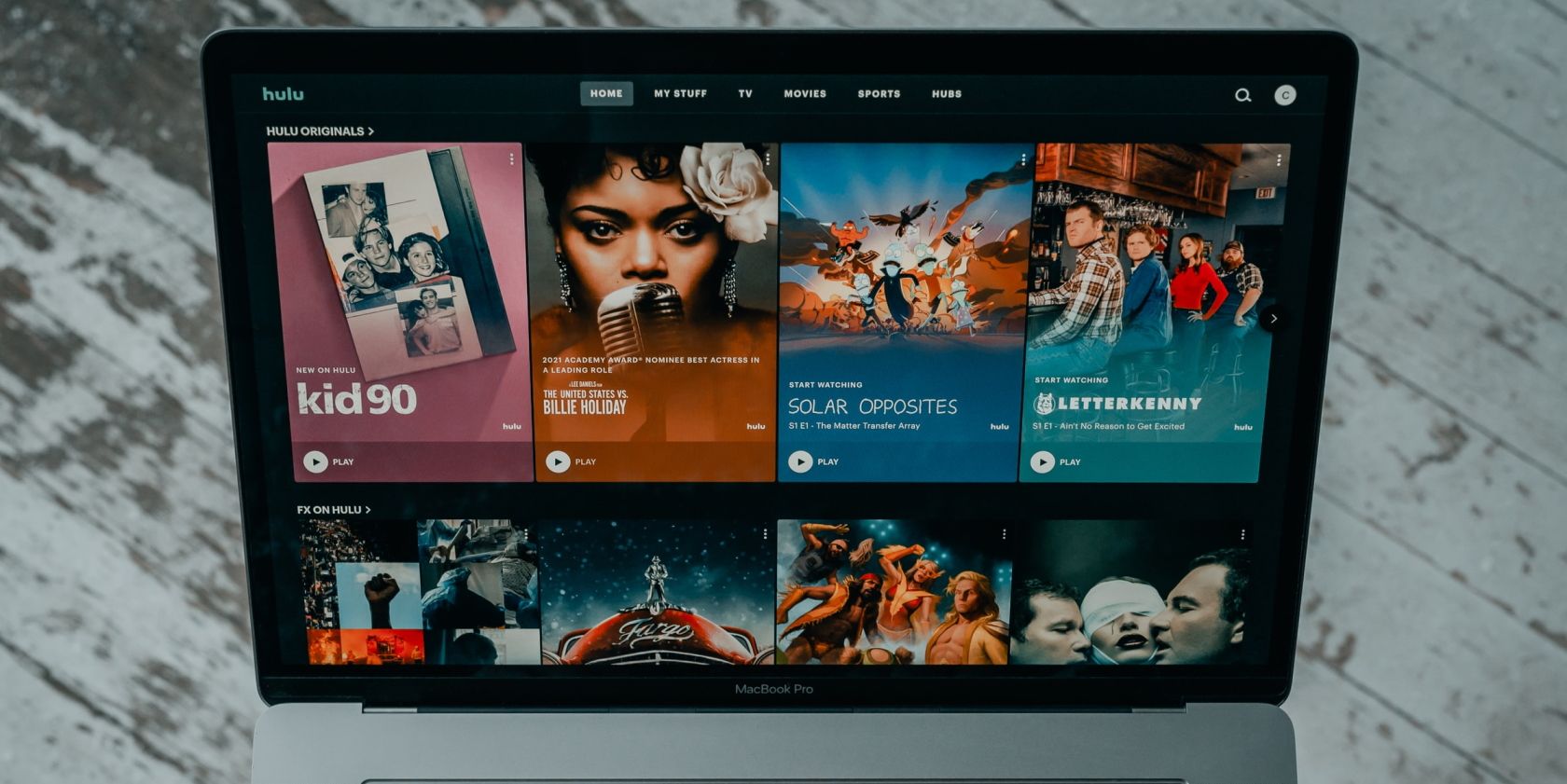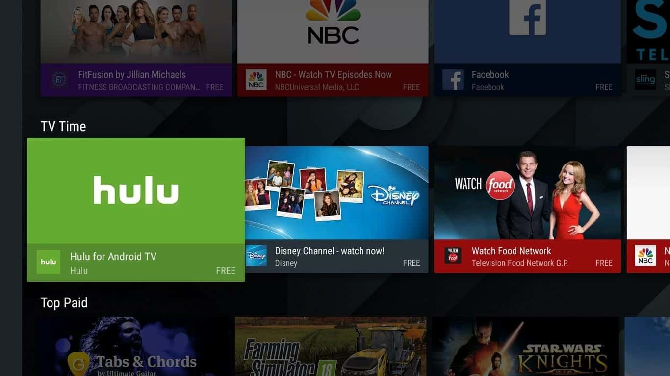Hulu is a household name in American on-demand and live entertainment. It promises original TV shows and movies in addition to older and cross-network content. But one visit to their official website is enough to disorient you with the variety of packages and content types they offer.
But how does Hulu manage to offer on-demand, streaming, live TV, and local content to its 42 million subscribers?
What Is Hulu?
Hulu is an on-demand and live TV streaming service. But unlike most of its rivals in the streaming industry, when you subscribe to Hulu and create an account, you get access to a vast content library. You'll have access to Hulu originals as well as older and adopted content.
That's because Hulu doesn't rent out or purchase content from its creator temporarily. It has deals and contracts with various content providers and creators such as TLC, CBS, Disney, Fox, and the BBC. Depending on your subscription plan, you can expect to access anywhere from a portion to all of their content, with and without ads.
How Does Hulu Streaming Work?

For starters, Hulu can maintain those cascading pages for its content list thanks to CSS and JavaScript. But when it comes to streaming on computers, Hulu is still using a variant of the same tech they had for over a decade: On2 Flash VP6 codec. When you play a video, Hulu sends it to you as a flash video file (.FLV) for your browser to play.
By sending its video content in packets, with sufficient streaming bandwidth—around 1Mbps—you can stream Hulu content in 360p, 480p, and 720p comfortably, but you may still need to buffer the video to eliminate pauses.
Luckily, the majority of streaming content and live TV channels are available in full HD and 4K. But they require you to have higher bandwidth to enjoy uninterrupted streaming.
How CDNs Fit Into the Picture?
CDNs stand for Content Distribution Networks—or Content Delivery Networks. These are digital content delivery services that allow streaming giants to broadcast their video content to a large audience base without issue.
It works as a network of servers that distributes content from their server of origin throughout its area of reach, whether it's a local area, country, or the across the world.
This type of network reduces the burden on the content's original server. Not only does it deliver content on a large geographical scale, but it also preserves performance by preventing too much pressure and traffic from condensing onto one server.
Such network services are why Hulu can provide content all over the US, even in the most rural areas, as long as there's a reliable internet connection.
They provide streaming services with a wide network of data centers and services to cache and stream their content. That way, users stream content from local and nearby servers with more efficiency.
Hulu uses the Akamai, Limelight, and Lumen CDNs to distribute its content country-wide. In fact, relying on third-party CDN providers is what allows Hulu to focus its efforts on creating a better streaming service rather than building an in-house network of national servers.
What Is Hulu Live TV?
In addition to the on-demand streaming service of thousands of TV shows and movies, Hulu offers another service that gives it an edge over its competitors. Hulu Live TV offers the same service as many cable bundles but without the hassle of a separate subscription.
It carries over 70 live channels ranging in genre from entertainment, news, and education to sports, TV shows and movies, kids channels, and cooking channels.
In theory, that sounds great. But you may be wondering, does Hulu have local channels? Because big-name, global cable channels are great, but you sometimes need to keep up with local news and watch relevant shows. Luckily, Hulu's bundle of live channels includes local TV stations such as Fox, NBC, CBS, and ABC.
What Makes Hulu Live TV Different?

Instead of using the tried and tested model that other cable TV providers follow, Hulu aims to reinvent live TV to better suit its brand name and target audience.
Unlike other cable TV providers, there's no cable box. You don't need to buy or rent out the cable box and hook it to your TV to enjoy live TV channels.
Hulu treats its Live TV service the same way it treats its content streaming. You can access it through their Android and iOS apps. It's also available on Smart TVs, Chromecast, and Xbox One.
A Mix of Streaming and Live TV
On-demand streaming has always been the polar opposite of live TV and cable. You have complete control over streaming, from language to subtitles and viewing time. But live TV channels and shows have to build an audience by selecting the perfect timing slot.
So, instead of offering live TV and on-demand streaming as two different products for two different audiences, Hulu decided to combine the two for a unique viewing experience.
Hulu Multiple Screens
While Hulu supports up to six profiles on the same subscription by default, it offers two screens for simultaneous viewing with a Hulu + Live TV subscription. When you log in to your account, you're working in a mirror image of the original account.
That way, Hulu gives you the option to watch two different screens simultaneously—one Live TV and one on-demand streaming—all without interfering with one another. You can even upgrade your Hulu plan to include unlimited screens if it's a shared account with family members.
The Future of Hulu + Live TV
Hulu has always prided itself on being an innovative company that isn't afraid to change its ways. It was first created in 2007 as a simple on-demand streaming service. Now, Hulu has all but reinvented on-demand streaming and live TV at a time when live channels and cable TV are dying.
With the help of future streaming technology, faster internet speeds, and an increase in the number of devices per American household, it's safe to say that Hulu isn't going anywhere. It wouldn't be surprising if they uprooted their entire technical infrastructure and introduced new, cutting-edge streaming technology to meet rising demand.
